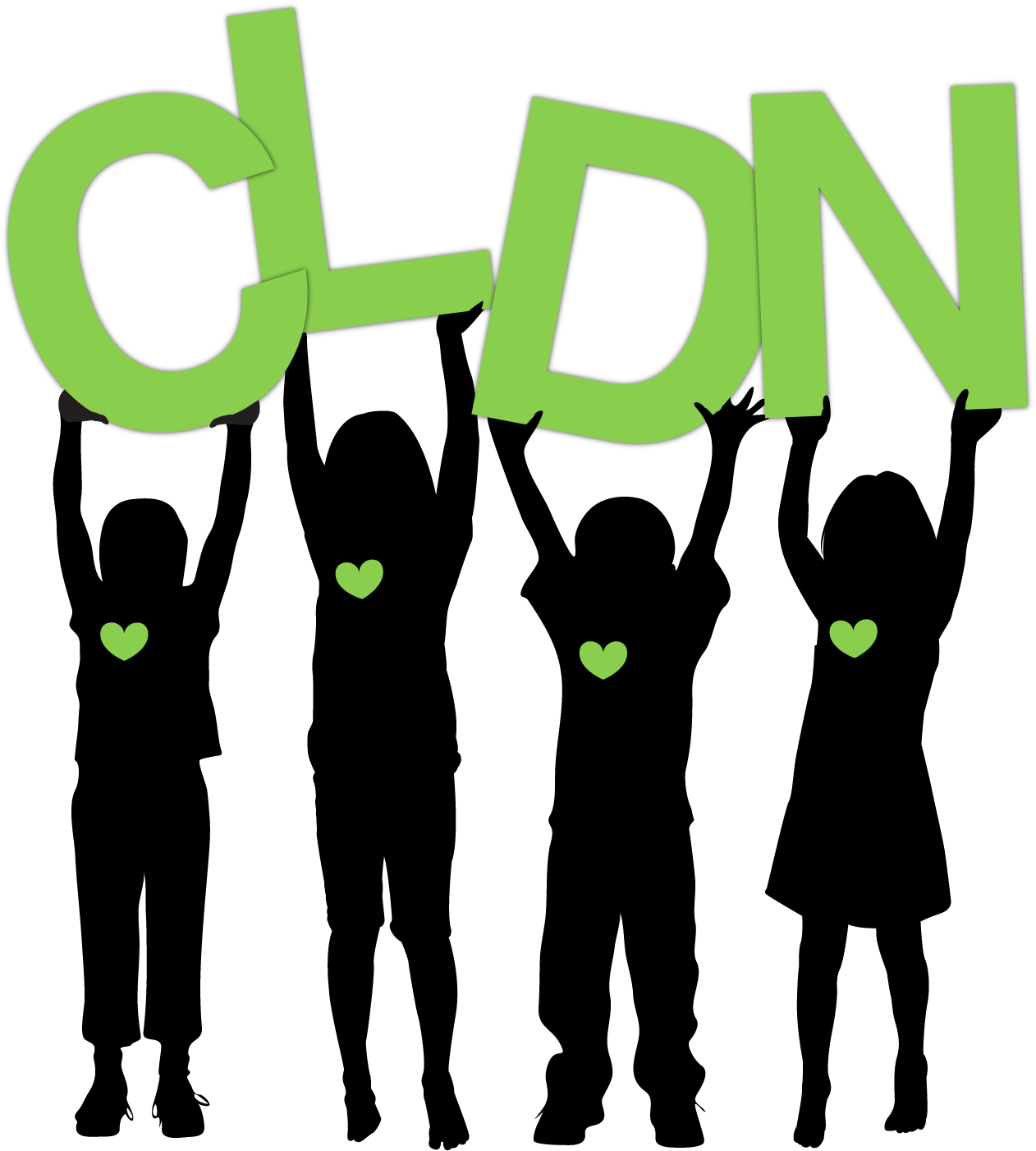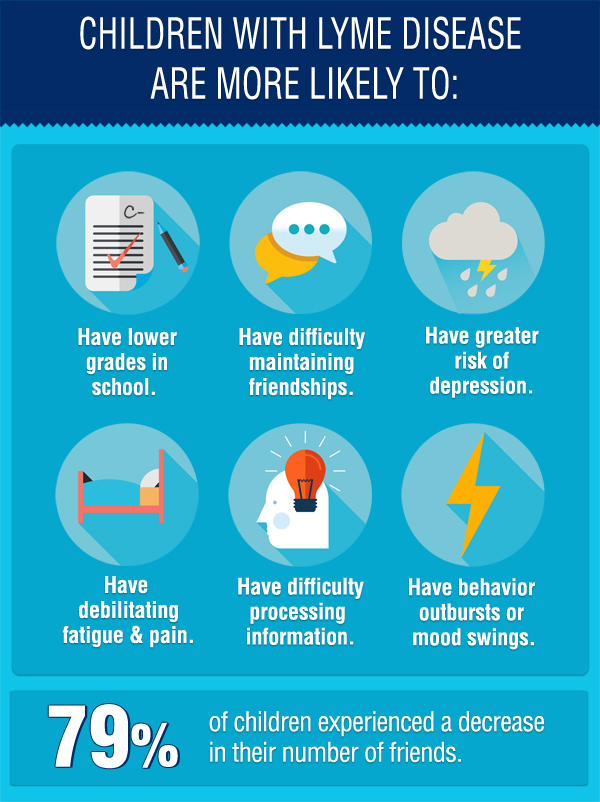-
Get Bulk Pricing on Valium (Diazepam) Generics via e-Rx
Valium is indicated for short-term treatment of neurotic and neurosis-like disorders characterized by anxiety, often accompanied by insomnia, as well as for relieving psychomotor agitation related to anxiety.
It is also used to alleviate epileptic seizures and convulsive states of different origins, often in combination with other anticonvulsant medications. Additionally, Valium is prescribed for conditions with increased muscle tone, such as tetanus or acute cerebral circulation disorders.
-
The method of administration for Valium is oral, with the pills taken along with a small amount of water. The dosage and duration of treatment must be strictly adhered to as per the doctor’s prescription, depending on the patient’s condition and response to the medication. The following dosage guidelines are provided for adults:
- As an anxiolytic: 5-10mg per day, divided into 2-4 doses. The treatment should not exceed 4 weeks, but in severe cases, it can be extended to 8-12 weeks, including the gradual discontinuation of the drug.
- For insomnia: 5-15mg in a single dose before bedtime. Treatment should not exceed 4 weeks.
- As an anticonvulsant: 5-10mg per day, divided into 2-4 doses. Treatment should not exceed 4 weeks.
- For relieving skeletal muscle spasms: 5-10mg per day, divided into 3-4 doses. Treatment should not exceed 4 weeks.
- For alcohol withdrawal syndrome: Initially, 10mg should be taken 3-4 times in the first 24 hours, followed by 5mg 3-4 times a day if necessary. Treatment should not exceed 4 weeks.
-
-
It is crucial to strictly adhere to the prescribed dosage and treatment duration to avoid potential complications and ensure the safe and effective use of Valium.
Valium Contraindications and Overdose Symptoms
Valium should not be used in individuals with hypersensitivity to benzodiazepines or any component of the drug. It is also contraindicated in cases of respiratory disorders of central origin, severe respiratory failure, night apnea syndrome, angle-closure glaucoma, impaired consciousness, and states of varying severity due to alcoholic intoxication.
In the event of an overdose, the following symptoms may manifest:
- Drowsiness
- Confusion
- Impaired coordination of movements
- Dysarthria (difficulty speaking)
- Visual impairment, including nystagmus (involuntary eye movements)
In cases of significant overdose, additional symptoms may include:
- Ataxia (loss of full control of bodily movements)
- Reduced reflexes
- Lowered blood pressure
- Inhibition of cardiac and respiratory activity
- Apnea (temporary cessation of breathing)
- Coma
Concurrent use of diazepam with other drugs that depress the central nervous system, or combining diazepam with alcohol, can lead to life-threatening poisoning. It is essential to avoid such combinations and adhere to the prescribed dosage to ensure safe usage of Valium.
Valium: Effects, Signs of Use, and Development of Addiction
When taken strictly under the supervision of a doctor and following the prescribed dosage, Valium is not considered a drug. However, individuals with substance abuse tendencies may misuse it to enhance the effects of dangerous substances. The sedative properties and psychological addiction potential of Valium can lead to its independent use as a drug, often leading to long-term usage without acknowledging the addiction.
Abuse of Valium results in a range of adverse effects, including apathy, constant fatigue, drowsiness, disorientation, and impaired coordination. Speech retardation, reduced attentiveness, depression, and anterograde amnesia are common consequences of its misuse. Visual disturbances, heart and gastrointestinal disorders, accommodation spasms, bradycardia, nausea, and changes in appetite can also manifest.
Abrupt withdrawal from Valium can cause a withdrawal syndrome characterized by muscle spasms, insomnia, vomiting, tremors, convulsions, and acute psychosis.
Signs of addiction and drug abuse include aggression, anxiety, and agitation followed by apathy, bronchospasm, respiratory issues, hallucinations, impaired urination, sexual dysfunction, decreased reflexes, and confusion.
Valium may also trigger allergic reactions due to the presence of the azo dye-quinoline yellow. During Valium treatment and for three days after its completion, it is crucial to avoid consuming alcoholic beverages. Engaging in potentially hazardous activities that require increased concentration and psychomotor reactions, such as driving vehicles, should also be avoided during this time.




